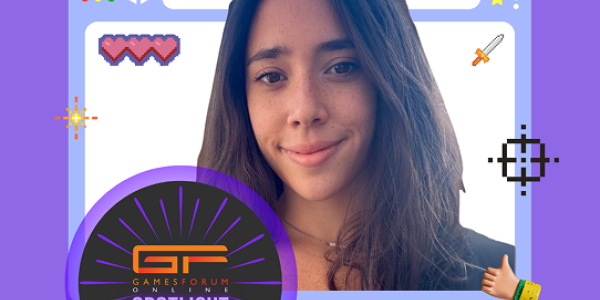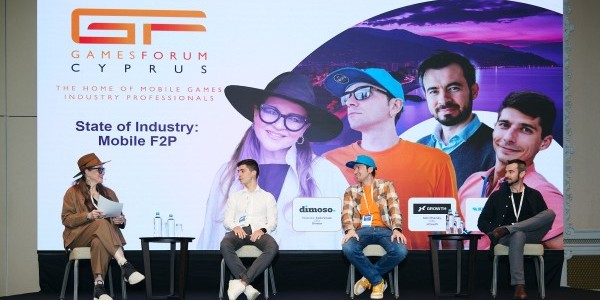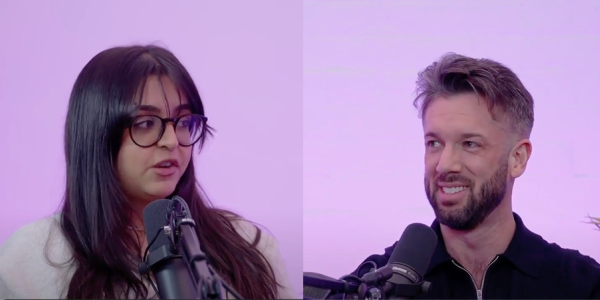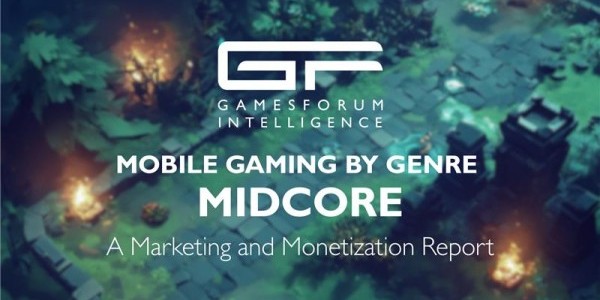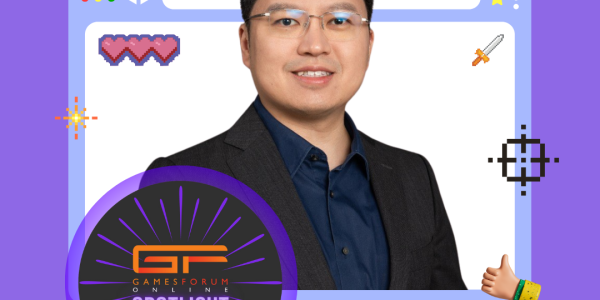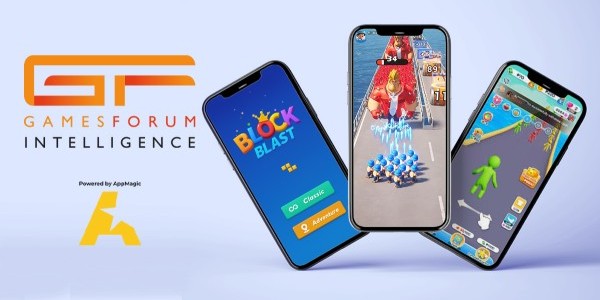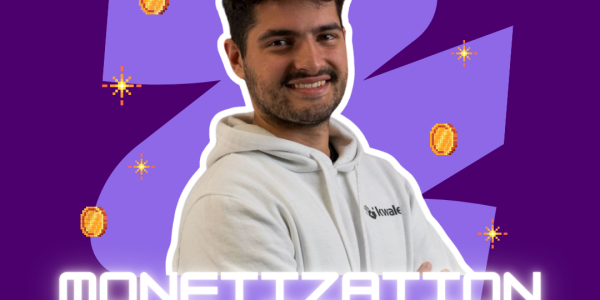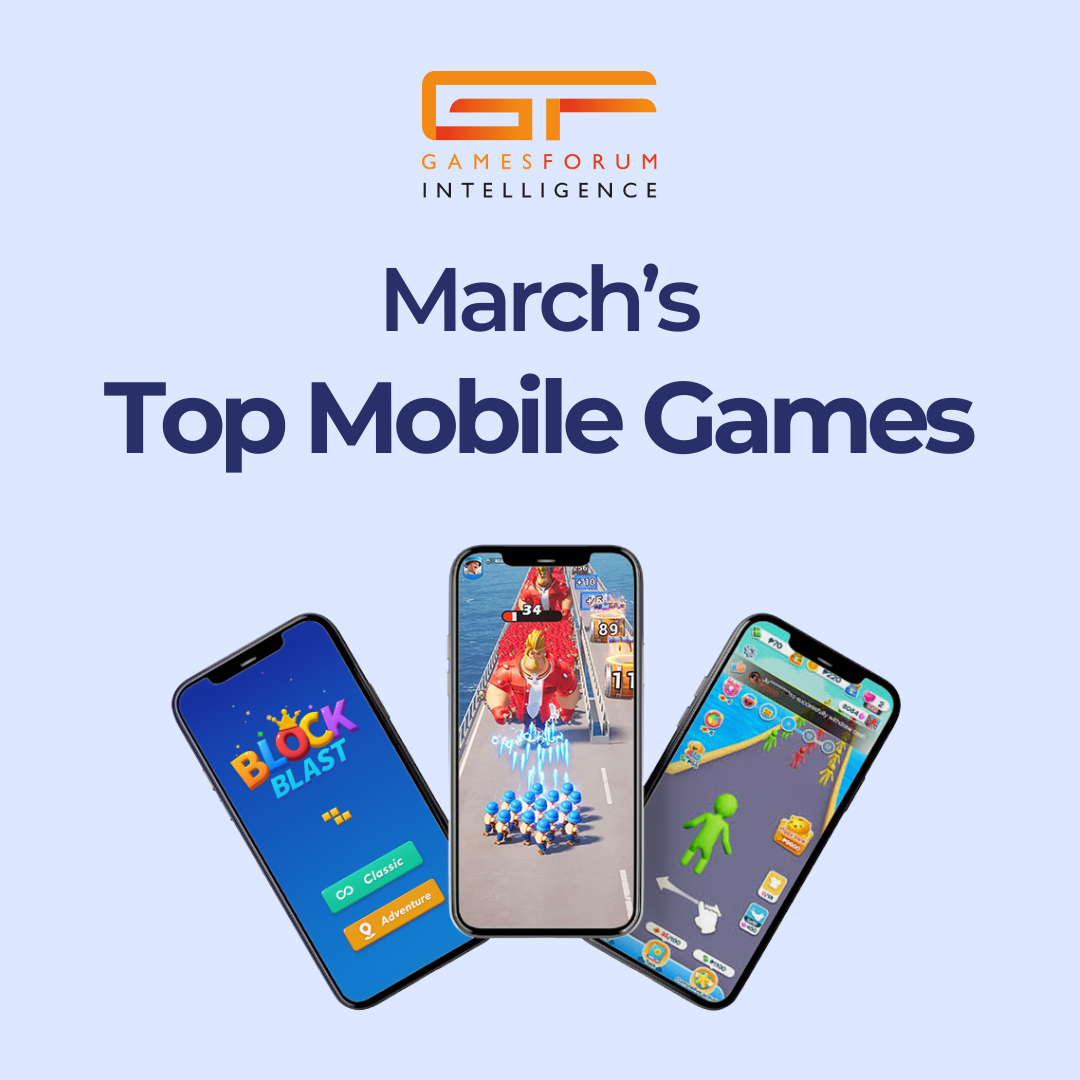Community Spotlight: AAA Agency’s Ksenia on Influencer Marketing and Evaluating PR Campaigns in Mobile Gaming

In this Community Spotlight, Ksenia Nogina, Senior PR and Marketing Manager, AAA Agency, shares her journey into the mobile gaming world, offering valuable insights on the industry’s growth, the transformative power of influencer marketing, and the exciting trends redefining the future of the industry.
Her work includes collaborations like a campaign for World of Warships: Legends Mobile, where influencer partnerships and creative placements targeted gaming enthusiasts across multiple platforms. Similarly, for Raid: Shadow Legends, she coordinated diverse influencers to create unique short-form content, demonstrating how tailored approaches can resonate with broad and niche audiences alike.
In this discussion, Ksenia reflects on these experiences and delves into the challenges, opportunities, and trends shaping mobile gaming and influencer marketing today.
What initially drew you to the mobile gaming sector, and how has your perspective on its growth evolved over the years?
I started my path in mobile gaming as a Head of Marketing at Apptica - App Intelligence & Ad Analytics Platform. The dynamic app world immediately captivated me, proving to be the perfect professional fit.
By the way, thanks to this career U-turn I met a great team of Gamesforum, a connection I continue to value.
Currently, I'm Senior PR & Marketing Manager at AAA Agency, specializing in influencer marketing and special projects within the gaming industry. My career remains firmly rooted in this exciting sector.
The past two years have been transformative for mobile gaming, presenting both challenges and remarkable innovation. At Apptica I witnessed groundbreaking developments in creative strategies ( from playables to hybrid format and UGC-style videos), in monetization models (refined segmentation, rewarded ads, freemium & subscription modes), cool live ops projects, more awesome integrations of brands & IPs.
At AAA Agency I see another evolving trend of influencer marketing with more mobile titles leveraging trendsetters to expand their advertising reach. The integration of AI into influencer marketing is particularly exciting, demonstrating the potential of this technology to reshape the landscape
So, I am curious what the future holds for us in gaming with all these technological advancements.
What is the current state of Influencer Marketing in mobile gaming and how has it transformed over the years?
Influencer marketing, always a potent advertising tool, now stands out more than ever as brands seek to connect with audiences in an authentic way. In gaming, bloggers and streamers are especially impactful, fostering tightly-knit player communities like nowhere else.
Influencer marketing for mobile games took off on YouTube in the early 2010s, with creators showcasing gameplay of casual titles, like Angry Birds. Back then, blogging was in its infancy, and paid promotions were just emerging. In the second half of the 10s, as mobile games evolved with AR and multiplayer titles - I’m talking Pokemon Go and battle arenas like Clash Royale - gamer influencers shifted from general brand awareness to fostering game-specific communities. Around the same time, platforms like Instagram Stories and TikTok re-shaped the consumption habits, and short-form content became popular for showcasing gameplay tips.
Today, brands increasingly collaborate with micro- and nano- influencers for authentic content and stronger engagement, especially for hyper-casual games. This trend mirrors influencer marketing as a whole, although brands, including mobile gaming developers, still leverage large-scale creators for awareness. Short-form content thrives, particularly on TikTok, where trends like #TikTokMadeMePlayIt are largely driven by mobile games. At the same time, the rise of major mobile titles like PUBG Mobile or Genshin Impact has reignited live streaming on Twitch and YouTube among mobile gaming influencers.
Designed for broader audiences, mobile games welcome influencers beyond the gaming world. Their campaigns often thrive on trendy content, like player challenges, and deliver faster results thanks to the casual, freemium model, unlike PC and console games that usually focus on long-term franchise loyalty and pre-release hype.
With influencer marketing playing a big role in modern PR, do you have a favourite collaboration or campaign that you’ve worked on in the mobile gaming space?
I believe it's crucial to diversify formats and try new approaches, which is why I really value our campaign for World of Warships: Legends Mobile. We teamed up with one of the largest mobile gaming YouTube channels from a U.S. creator, and a single placement gave us over 220K views. But beyond that, we created an eye-catching 5-day banner for the Mini Review app and an engaging post that ran for two weeks in their weekly newsletter. This helped us target mobile gaming enthusiasts with both a fun, graphic sneak peek via the influencer and more concise, informative content through the banner.
Another campaign I’m proud of is our partnership with Plarium to promote Raid: Shadow Legends. It’s a great example of how you can collaborate with influencers from both the gaming world and beyond, leveraging their unique styles to promote the game. We worked with four influencers, each in their own niche, from comedy and lifestyle to anime. Each created content in their signature style there was a comedy sketch, live reportage, cosplay transition, and an intimate one-on-one talk. What I also love about this campaign is that it highlights how short-form TikTok videos offer creative freedom and bring real results: we gained almost half a million views for this one.
Where do you see the future of PR in mobile gaming headed?
User attention is so fleeting, it’s important to constantly find new ways to engage them. To my mind, vast potential lies in a mixed-media approach. The gaming industry is already blurring the lines between games, movies, and TV shows, in mobile gaming too. For example, there are countless animated films based on Angry Birds and a five-season animated sitcom based on Talking Tom. This way, games do not only expand the storylines but also spread the word to wider audiences. Films based on PC games are already bringing awards to actors, so it’s only a matter of time before mobile games follow suit.
Cross-industry collaborations with fashion, music, or food brands are also a key part of this trend. For instance, Diablo Immortal teamed up with Burger King in Japan, while Balenciaga brought high fashion to Fortnite, also famous for its in-game concerts featuring music artists, such as Travis Scott and Ariana Grande.
Since advertising is moving towards "advertainment", there’s a growing focus on creative projects that span media platforms and even go offline. For example, at AAA Agency, we promoted a console rebuilt of World of Warships with a special video filmed on a real ship, a light cruiser of the Royal Navy.
Transmedia campaigns, combining offline events, AR experiences, and user-generated content, are becoming the ideal model for brands to follow. A great example is given by the Pokémon Go, which was promoted through social media campaigns, partnerships with music artists, and in-game events that got everyone involved, both online and in-person, such as Pokémon Go Fest, Community Days, and Special Raid Battles.
As for specific mobile gaming trends, live streaming is making a big comeback, driven by the growing demand for real-time interaction with influencers. The focus will likely shift more towards influencers with smaller, yet highly engaged followings, as they can offer a more personalized touch.
What KPIs or metrics do you prioritize when evaluating the success of PR campaigns in the mobile gaming industry?
Among different ways to measure campaign success, two main focuses can be outlined: sales and awareness. Over the years, influencer marketing has been shifting back and forth between prioritizing sales and conversions versus focusing on reach, views, and impressions. In 2023, the spotlight has swung back towards brand awareness and engagement, rather than direct sales.
From my experience, influencer marketing is gravitating more towards building meaningful relationships between brands and audiences, so ROI probably won’t be the primary focus of analysis. To define the campaign’s cost-effectiveness without tying it to immediate sales, our team, among other metrics, largely relies on CPM (cost per mille) that measures the total ad spend for every 1,000 impressions an ad receives. This metric works particularly well for brand awareness campaigns because it graphically shows how effectively the campaign is reaching potential customers.
Beyond traditional metrics, I believe methods that incorporate qualitative aspects like sentiment analysis are of high value for influencer marketing. They provide clear insights into how the audience perceives the campaign, allowing brands to optimize it in real-time and plan future campaigns better. Understanding your audience is crucial in marketing, and with viewers becoming more active than ever, it's more important now than ever. Sentiment analysis and other semi-qualitative methods are key to making that happen.
When identifying influencers for mobile gaming campaigns, what factors do you prioritize to ensure alignment with both the game’s branding and audience expectations?
At our agency, authenticity and genuine connections are at the heart of everything we do, alongside creativity. That’s why we always conduct a thorough background check on influencers to make sure their style, tone, and cultural fit align with the game we're promoting. But there are also specific rules we’ve drawn from our experience.
While mobile games are enjoyed by a wide audience, not all PC and console gamers are willing to switch to mobile. So, one tried-and-tested principle we stick to is that when choosing gaming influencers, we focus on those who specialize in mobile games. This helps us reach our target audience more effectively and avoid negative sentiment among non-mobile enthusiasts.
Another key rule is to choose mobile multigaming influencers who cover different games rather than focusing on just one. If there’s a single game an influencer is associated with, the ad may stand out too much and could be seen negatively.
When we choose to target a broad audience, it's more important than ever that non-gaming influencers match our target demographic in terms of gender, age, and interests. For example, when promoting Raid: Shadow Legends, we specifically looked for influencers who appealed to men aged 25-45 from Tier-1 countries to ensure we hit the right mark.
What are the plans of AAA Agency in terms of PR & Partnerships for 2025? What are you most looking forward to in the company's future?
We have ambitious plans for the upcoming year. First of all, we would like to make it to GamesForum Barcelona and meet industry peers. Other great conferences and meetups are also on our agenda. Besides, we would like to share our knowledge in influencer marketing and gaming through a series of insightful reports & articles. And as I miss the stage already, I wouldn’t mind being again a speaker, moderator or podcast host 😉 Ultimately, I'm excited to see the company's continued growth in the mobile gaming market—a growth I'm confident our PR and marketing efforts will significantly contribute to.


